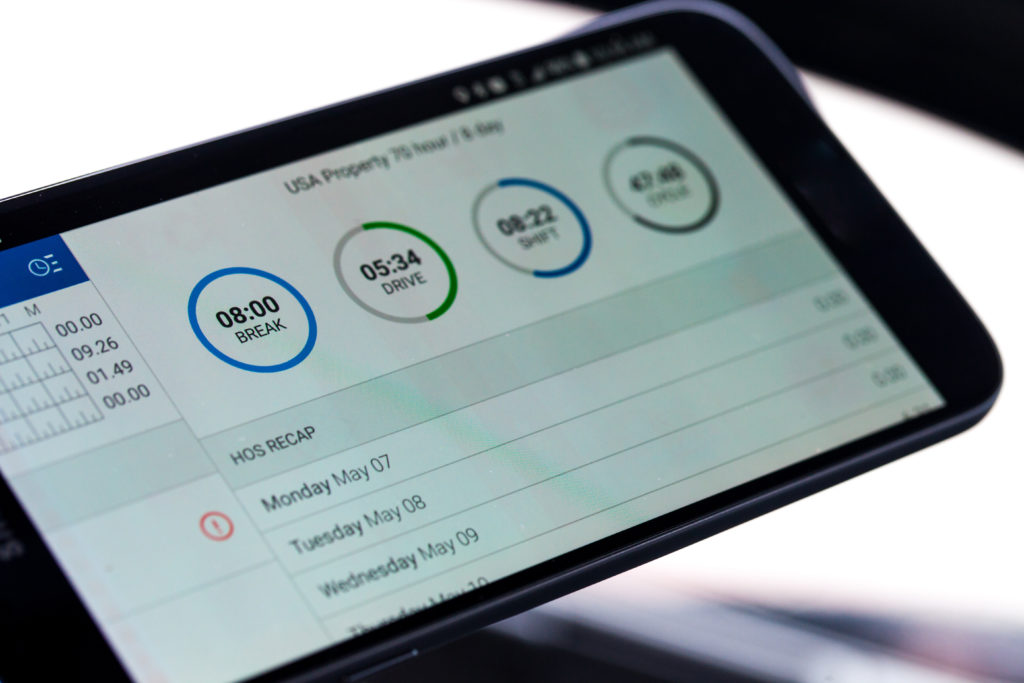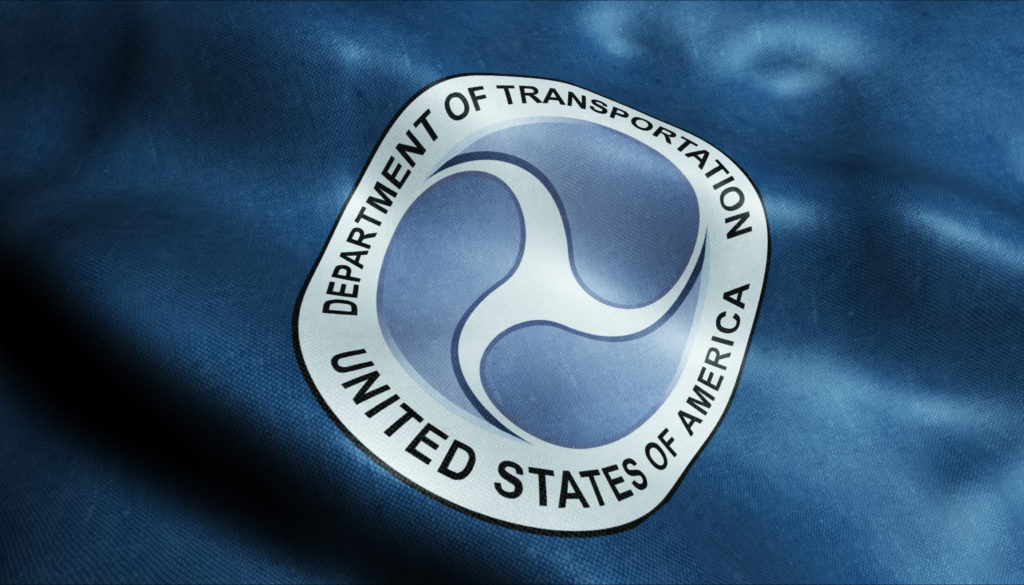
The final rule aiming to relax commercial driver license skills testing requirements has been implemented by the Federal Motor Carrier Safety Administration.
This final rule will officially permit states to allow third-party test examiners to test CDL applicants on their skills once the examiner has already provided skills training to the applicant.
This final rule has been long-awaited throughout the COVID-19 pandemic as more truckers than ever have been needed on the nation’s frontlines. The U.S. Department of Transportation announced the final rule on December 17th, citing the need for flexibility being due to truckers transporting the first loads of coronavirus vaccines.
“Under [Transportation] Secretary [Elaine] Chao’s leadership, the Trump administration has continued to examine ways to provide commonsense regulatory reform and help individuals seeking to enter the commercial driver industry,” said Wiley Deck, FMCSA Deputy Administrator. “This new rule will provide states more flexibility during the ongoing public health emergency to test CDL applicants and allow more drivers to safely enter the industry.”
An earlier federal restriction did now allow an instructor of commercial driver license skills authorized by a particular state to also administer a CDL skills test to the same applicant. Now, the final rule releases that restriction, permitting states to decide for themselves whether or not they will allow a third-party trainer to also administer skills testing for one person.
The argument behind the final relaxation of the restriction is that drivers entering the industry will be able to find gainful employment much sooner than they would have otherwise–something the industry deems vital right now.
“During the COVID-19 public health emergency, truckers have been American heroes,” said Secretary Chao, “and the department is committed to helping our economy by reducing unnecessary barriers for those interested in obtaining jobs in the trucking industry.”
FMCSA, in the announcement of the final rule, ensured that the validity and integrity of CDL skills training and testing will not be compromised by this boosted flexibility.
“The agency believes that allowing states to permit this practice may alleviate CDL skill testing delays, and reduce inconvenience and cost for third-party testers and CDL applicants without negatively impacting safety,” said FMCSA’s document explaining the final rule.
If a state decides not to allow third-party test examiners to provide CDL testing, they are not required to do so under the new rule. As of now, FMCSA says 10 states do not authorize any third-party testing methods.
The final rule document will explain the public comments in opposition to the proposal, which detail worries regarding fraud and conflict of interest. The document follows the Notice of Proposed Rulemaking on this rule, which was originally announced in June of 2019. The final rule took place immediately following FMCSA’s publication in the Federal Register.
Further commentary in support of the new rule showed confidence in safety and explained the current methods in place that work to determine fraud within CDL skills testing. Examples of what was noted include the regulation indicating that states must do one of the following at least once every other year: use a third-party to administer a skills test for state employees; or, on a sample of drivers being tested by a third-party group, compare testing results by having the third-party examiner co-score an applicant on a CDL skills test with state employees also scoring the same applicant.
Driver testing and licensing has faced many obstacles during the coronavirus pandemic, with many licensing offices having to adhere to safety guidelines and require testing by appointment only. These particular delays are believed to have worsened the current truck driver shortage–which has become exaggerated as more deliveries are being made than ever during a time when so many people are shopping online.
This shortage also, of course, brings further challenges to the shipments needed to keep grocery stores stocked with food and household goods and hospitals stocked with personal protective equipment, medical equipment, medication, and, now, COVID-19 vaccines.
Additionally, FMCSA claims this is only part of a series of steps “focused on reducing regulatory barriers for CDL applicants,” noting that “In March 2019, the agency authored a final rule streamlining the process and reducing costs to upgrade from a Class B to a Class A CDL–a deregulatory action that will save eligible driver trainees and motor carriers $18 million annually.”



